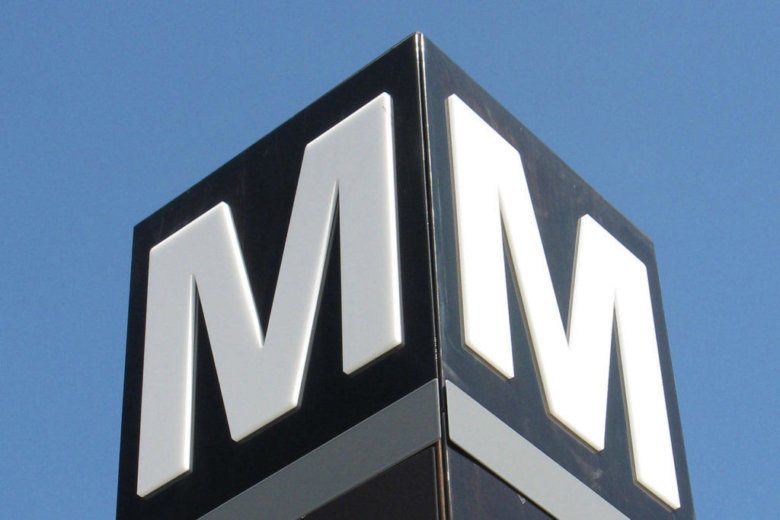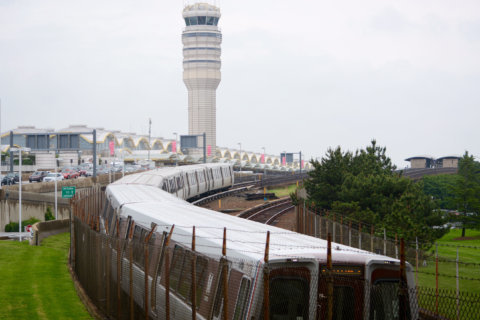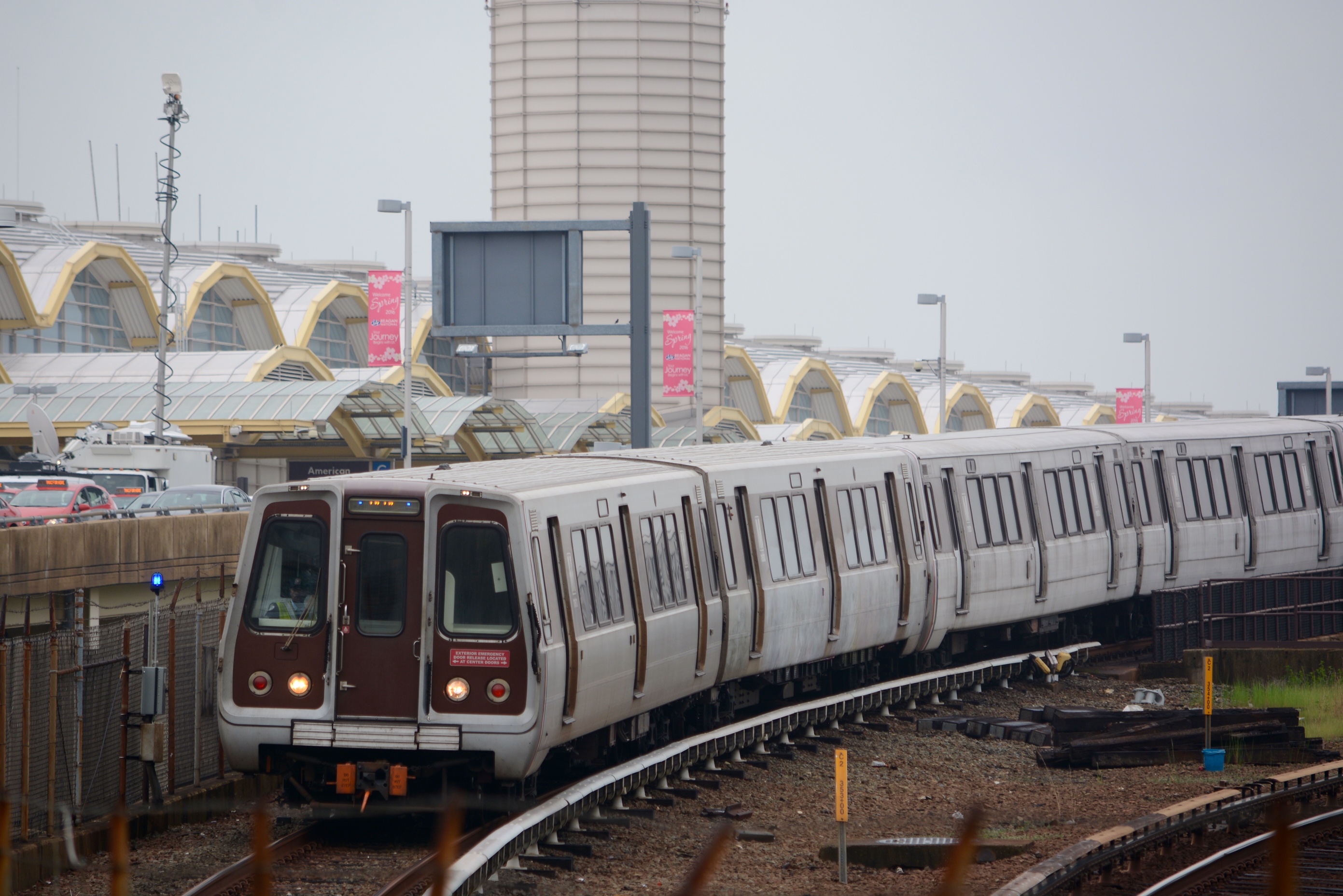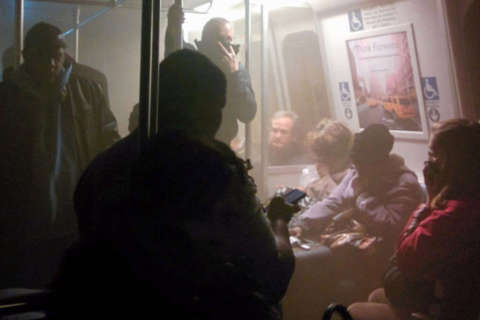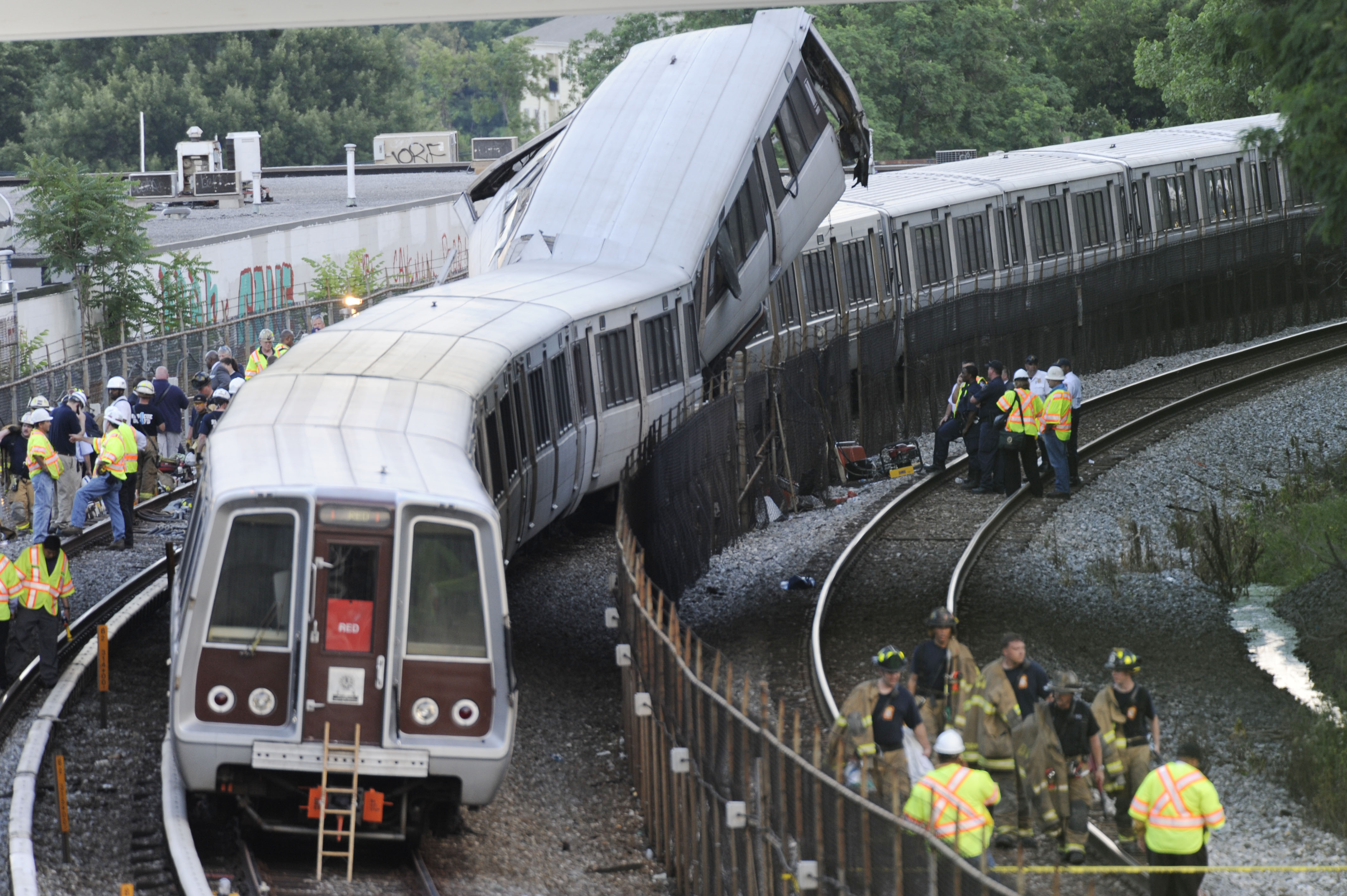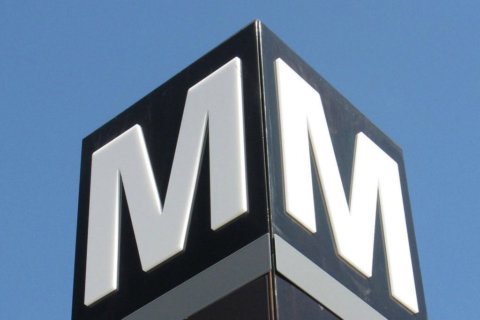
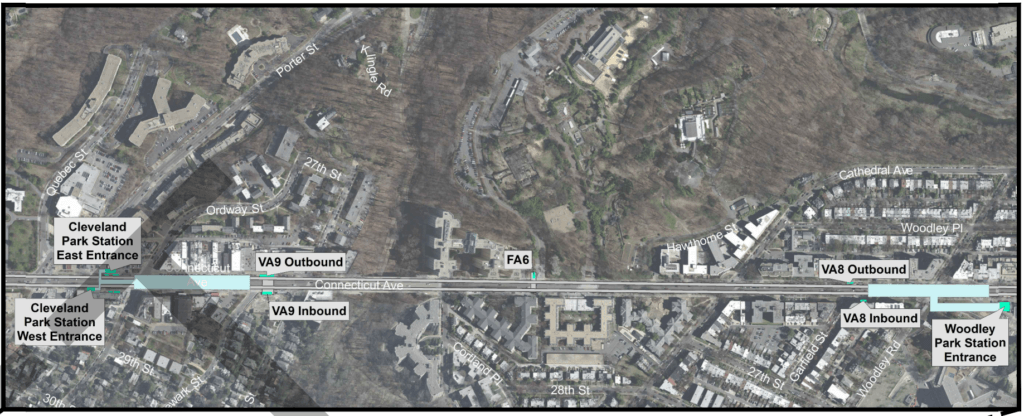
Four years after Carol Glover died and dozens were sickened when a train filled with smoke inside a Metro tunnel near L’Enfant Plaza, Metro is set to take initial significant steps to upgrade its tunnel ventilation systems to meet current fire safety standards.
While it was faulty use of the current system and major inspection, maintenance and communication failures that contributed most significantly to the Jan. 2015 incident, the National Transportation Safety Board also recommended wide-ranging upgrades to Metro’s ventilation setup across the system to match current safety recommendations rather than those in place when Metro was built.
The first phase of the ventilation upgrades will be a limited pilot on the Red Line between Cleveland Park and Woodley Park, if a contract is awarded as planned. Improvements to two ventilation shafts and a separate fan shaft are projected to cost $20 to $30 million for final designs and construction over a 15 month period.
“The Tunnel Ventilation Pilot Project will provide additional fan capacity on WMATA’s A-line between, and including, Cleveland Park and Woodley Park Stations for the purpose of providing additional smoke management capacity,” a description of the project for potential contractors said.
The formal request for proposals is expected to be available next month, and work would begin after a contract is awarded. The project includes demolishing and rebuilding platforms and access stairs in and around the shafts, as well as installation of improved ventilation fans, cabling and other equipment.
Near Cleveland Park, one of the vent shafts is just south of the station near Newark St. NW. At Woodley Park, the vent shafts are just north of the station near Garfield St. The fan shaft due to be upgraded is just north of the National Zoo near Connecticut Ave.
“The Pilot Project will be the first of up to 60 tunnel segments anticipated to receive similar ventilation improvements throughout the WMATA system,” Metro said.
Metro has been working on these ventilation system improvement plans for several years, and estimated in 2016 it would have a plan to improve tunnel ventilation fan capacity to meet current fire safety standards by Sept. 2021.
Metro’s plan for the ventilation upgrades has been submitted for review by safety officials following significant internal analysis.
This pilot project, for example, includes detailed explanations of which fans and ventilation dampers should be open or closed in different situations to address smoke issues or rider comfort.
Tunnel ventilation fans can be controlled through switches at each shaft, or remotely from the centralized Rail Operations Control Center.
Metro’s broader location-specific ventilation configurations of existing fans required following the L’Enfant Plaza smoke incident remain under formal review by safety officials, but specific efforts to move smoke in the proper direction and out of tunnels in the event of an emergency have been approved.
A number of things recommended in the wake of the L’Enfant Plaza incident are not yet complete, even after the dates Metro originally projected those fixes could be made or plans and training put in place.
Those include a need for specific steps and responsibilities for rail traffic controllers when there are smoke alarms that can be fully incorporated into training. Metro has also not closed a recommendation to ensure all smoke detection systems are tested regularly.
Metro is still more than a year away from the original estimated date for a solution to install and maintain a system to detect the presence and more exact location of fire and smoke throughout the tunnel and station network. According to Metro’s latest Corrective Action Plan Progress Tracker, updated last week, the agency has evaluated and tested potential smoke detection solutions, and is now developing an implementation plan.

